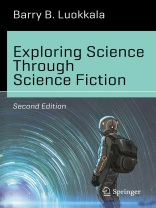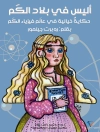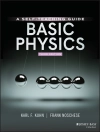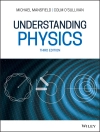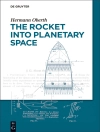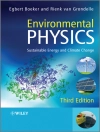How does Einstein’s description of space and time compare with Doctor Who? Can James Bond really escape from an armor-plated railroad car by cutting through the floor with a laser concealed in a wristwatch? What would it take to create a fully intelligent android, such as Star Trek’s Commander Data?
Exploring Science Through Science Fiction addresses these and other intriguing questions, using science fiction as a springboard for discussing fundamental science concepts and cutting-edge science research. It includes references to original research papers, landmark scientific publications and technical documents, as well as a broad range of science literature at a more popular level.
The revised second edition includes expanded discussions on topics such as gravitational waves and black holes, machine learning and quantum computing, gene editing, and more. In all, the second edition now features over 220 references to specific scenes in more than 160 sci-fi movies and TV episodes, spanning over 100 years of cinematic history.
Designed as the primary text for a college-level course, this book will appeal to students across the fine arts, humanities, and hard sciences, as well as any reader with an interest in science and science fiction.
Praise for the first edition:
‘This journey from science fiction to science fact provides an engaging and surprisingly approachable read…’ (Jen Jenkins, Journal of Science Fiction, Vol. 2 (1), September 2017)
Tabela de Conteúdo
1 Introduction: Discerning the Real, the Possible and the Impossible.- 2 What is the Nature of Space and Time? (the physics of space travel and time travel).- 3 What is the Universe Made of? (matter, energy and interactions).- 4 Can a Machine Become Self-Aware? (the sciences of computing and cognition).- 5 Are We Alone in the Universe? (the search for extraterrestrial intelligence).- 6 What does it Mean to be Human? (biological sciences, biotechnology and other considerations).- 7 How do We Solve Our Problems? (science, technology and society).- 8 What Lies Ahead? (the future of our technological society).- Appendix A: Catalog of Movies Cited.- Appendix B: Catalog of Television Series Episodes Cited.- Appendix C: Catalog of You Tube Videos Cited.- Appendix D: List of Works Cited.- Appendix E: Solutions to Estimation Problems.- Index.
Sobre o autor
Barry Luokkala is a teaching professor and director of undergraduate laboratories in the department of physics at Carnegie Mellon University. He received his BS and MS degrees in physics at the University of Pittsburgh, where he did experimental research in the physics and chemistry of the ionosphere. He received his Ph D in experimental condensed matter physics at Carnegie Mellon University. He has also served as program director for the Pennsylvania Governor’s School for the sciences and has been a science consultant for the Sloan Foundation Screenplay Competition in Carnegie Mellon’s School of Drama.
